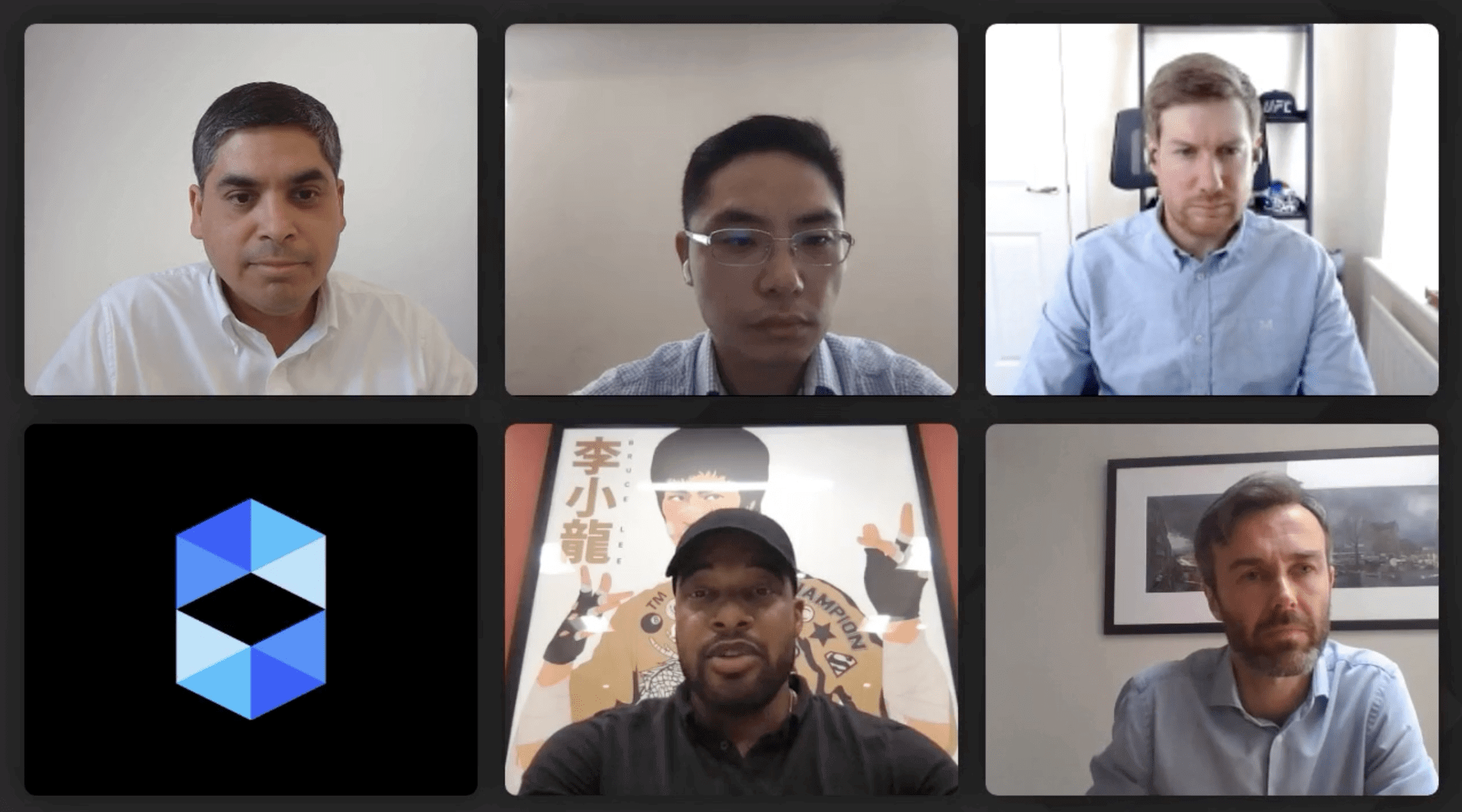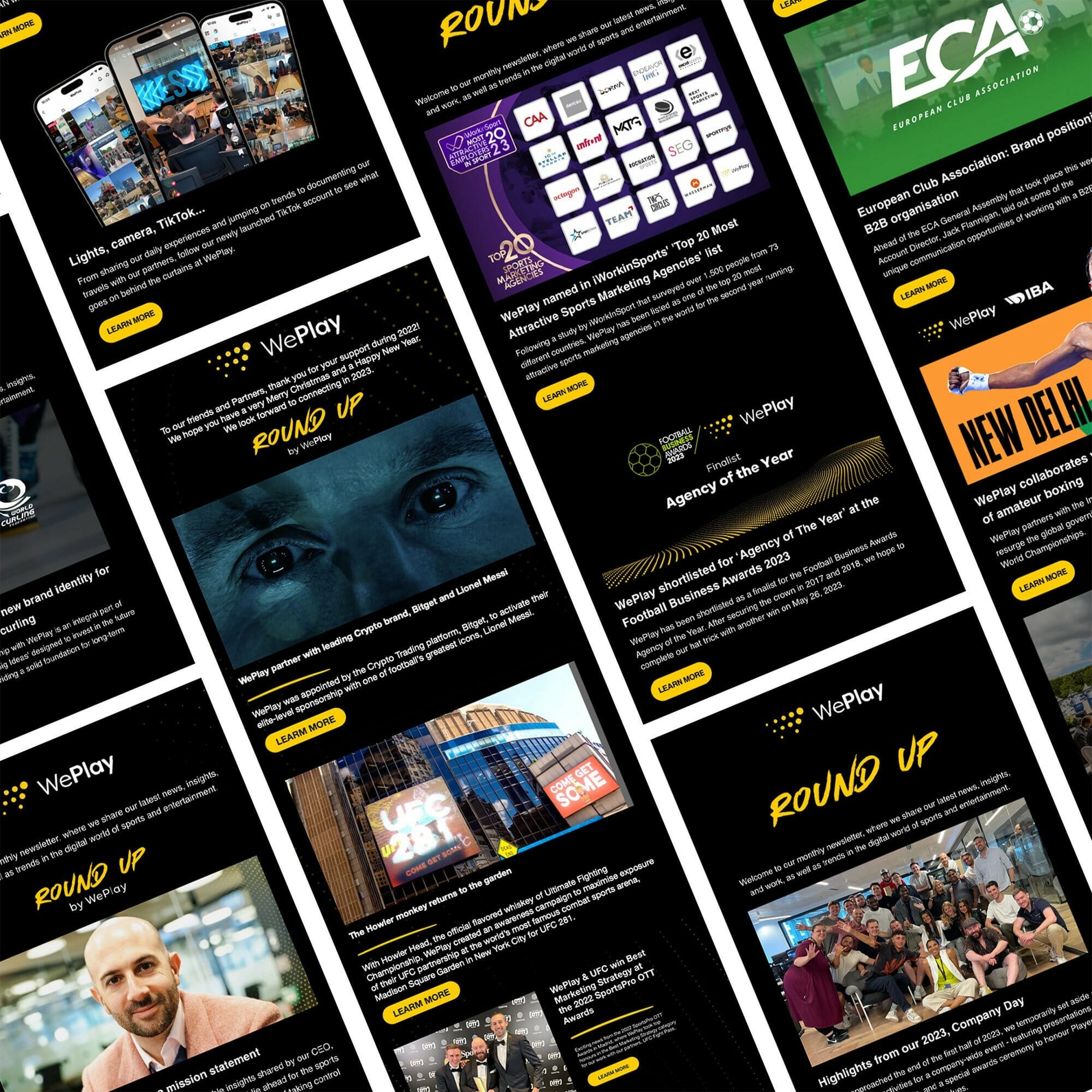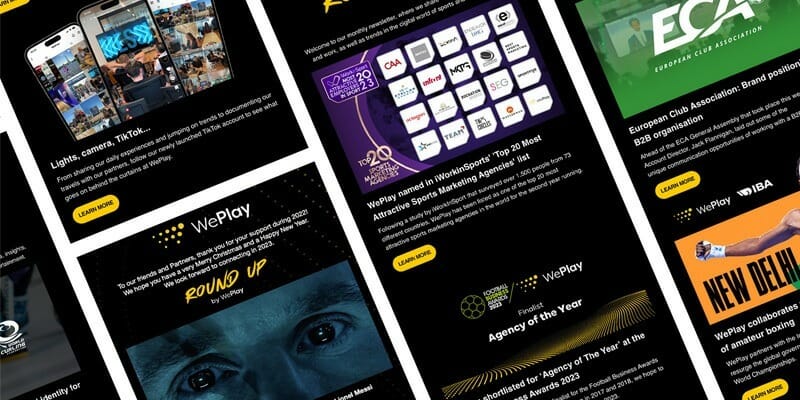
Designing & Monetising the Next Generation of Sports Streaming Services
As part of a SportBusiness webinar, Client Services Director, Kenny Ager, explores why OTT success ultimately comes down to user engagement.
Last week, I had the pleasure of joining SportBusiness’ webinar panel discussing the design and monetisation of the next generation of sports streaming services. The discussion covered a range of topics, from the impact of the pandemic on the OTT sector, the inclusion of new platform features such as micro-transactions and tipping, as well as how successful OTT marketing strategies are data-driven in their nature.
I have shared a summary of my contribution to the session, and some thoughts on the future of the sports streaming industry.
Q: In your view, what are the features that the best streaming platforms have in common?
Sport needs some home runs.
A lot of revenues have been lost and live streaming is a way to recover some of those. The best streaming services we are working with are keeping users engaged. Whether it’s a subscription-based model or an ad-funded model, ultimately it comes down to eyeballs and engagement.
Clearly, streaming services have benefited from behavioural changes over the pandemic. For instance, streaming demand has significantly grown with the implementation of national lockdowns. There has been a 95% increase in home media consumption across the industry and we’ve seen a 65% increase in video streaming. That’s not just in sports either – video streaming has gone from being a linear alternative or entertainment media to becoming our new way of life. It’s how we communicate with our colleagues, our family, and even with the healthcare system. Streaming has become an inherent behaviour – a way to connect the world.
Moreover, with live event cancellations reaching heights unheard of since World War II, streaming services have sat within a perfect storm with fewer live events but more time spent on video streaming. So, the platforms that have focused on ‘beyond-live’ content (e.g behind-the-scenes, docuseries, etc) are the ones generating that engagement that has a direct impact on mitigating churn – people who subscribe to a platform but then cancel.
When it comes to ‘beyond-live’ content, we’ve seen a lot of platforms such as NFL, NBA, and UFC Fight Pass embrace athlete access. The athletes that we love are the ones holding audiences’ attention. In Formula 1, one of my favourite sports, Lewis Hamilton has more fans on Instagram than all of F1 and his team Mercedes combined. So, if more content is created around these athletes, and the athletes are baked into the commercials of these projects, you have a higher chance of creating lasting engagement outside of live events.
This is particularly important if you are an organisation without regular live events. For instance, our client partner and global football governing body, FIFA, needs to build towards these firework moments with their engagement strategies, rather than relying on those moments alone. Therefore, a shift from teams and events towards athletes is an important subject matter.
Finally, we have to accept that the younger generation growing up into future consumers and purchasers have been surrounded by a generation of change. With social media, it’s not expected, or even accepted, to have to pay for content – advertisers pick up the tab. A whole generation has grown up consuming content at speed and with control over how they view it. They also want financial flexibility and we’re seeing real growth in organisations embracing price changes and financial structure shifts that allow consumers to watch content with the flexibility supported by ad funding.”
What are the best ways to prevent customer churn?
Churn, which almost deserves a session in itself, is crucial to the subscription model. The success of the subscription model comes down to the ability to grow net subscribers (acquired customers – churned customers) rather than merely gross customers. This comes down to how you market your overall value proposition, rather than just the firework moments across the year that is more of an easy-come, easy-go subscription pattern.
Q: In the OTT world, the more people that engage with content, the more you can learn about them. With this in mind, how does WePlay use business intelligence to fuel OTT marketing?
We need to understand how younger consumers are consuming sport and content. That really is the key to unlocking the revenues. We often debate with our client partners whether to focus on younger or older consumers – ultimately the answer is both. However, they have different behaviors that warrant different monetisation and commercial strategies. The key thing is keeping younger audiences in the platforms they want to consume content. The strength of this strategy lies in utilising those platforms’ ready-made monetisation services. For example, you can monetise a younger audience on Twitch whilst also selling a UFC Fight Pass subscription to someone in their mid-30s. It’s almost having your cake and eating it.
In terms of business intelligence on users, it’s THE reason why our strategies with UFC Fight Pass have succeeded. There is an art and a science to converting customers in the buyer journey. The science comes from the paid media or audience development work, whilst the art comes from the creative and the messaging. However, it is the business intelligence that underpins both of these and drives the decision-making.
It tells us whether someone is not only interested, but willing to buy; it shows us where they are in the conversion funnel; and it also shows us what types of messaging they are going to respond to best based on their behavioural indicators. This is the exciting space with OTT – platforms have a symbiotic relationship with the consumer where there is a value exchange with both the customer and the platform. As privacy changes come into play more and more, this is extremely valuable first-party data.
For example, if you know someone is interested in a particular fighter – i.e if they consistently watch their fights or athlete content – there is an opportunity to upsell merchandise, ticketing for their future fights, and other product offerings. So, it’s not just the streaming elements that are affected by BI, it’s actually the whole fan monetisation ecosystem.”
Want to discuss an OTT or sports streaming project?
Get in touch with me at kenny@weplay.co

